If you are like me and want to see as much as possible without travelling from one sight to the other with lots of unworthy things in-between you’ll love eastern Kyoto. Starting with the north eastern Ginkakuji Temple you can follow the path of philosophy along the forest line all the way to the south eastern part of Kyoto with the famous Kiyomizu Temple passing lots of beautiful shrines, temples and gardens along the way. No 100 metres without a sight worth the visit. And then on the way back to the city from Kiyomizu it’s possible to stroll through the Gion geisha district which makes a perfect route covering most of the stereotypical Japanese cultural monuments.
At the Ginkakuji Temple you get access to a garden which is treated with so much care and eye for detail that it evident that it is a zen temple. Particularly the way the gravel mosaics which must be so cumbersome to keep intact. In fact this more than 500 year old temple has been renovated entirely and is glowing in its entire beauty like it had been over half a millennia already.
Leaving the Ginkakuji Temple grounds behind I turned south following the Path of Philosophy which coils its way along a tiny canal passing at least ten different temples and shrines on its way. Thankfully it was also giving a lot of shade with its treeline as my stay in Kyoto offered only sun and heat.
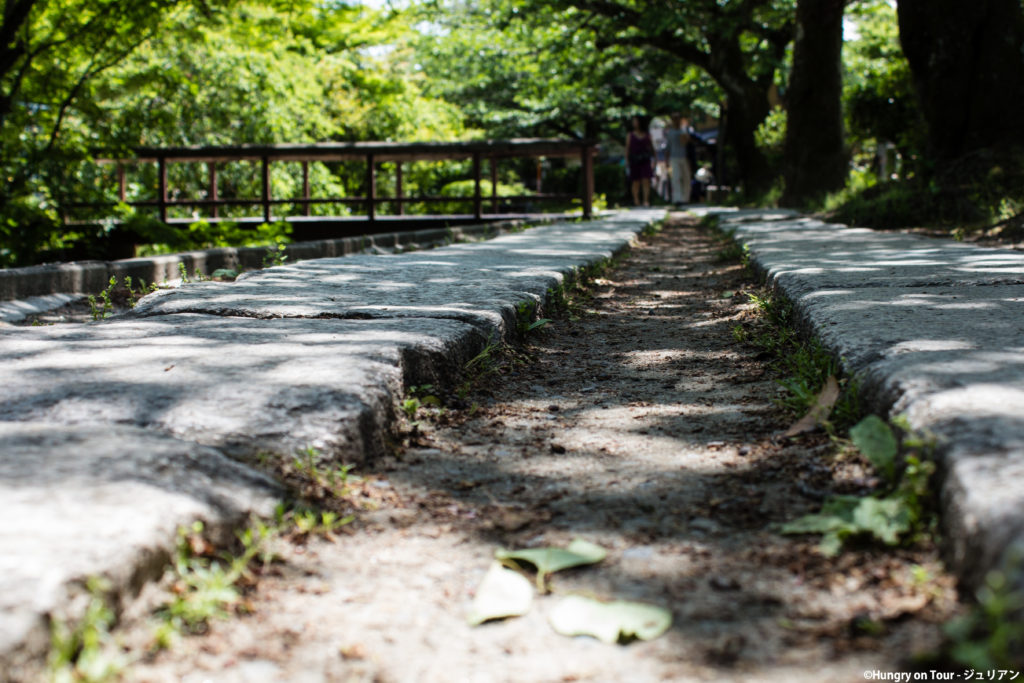 Once you pass the Path of Philosophy and turn up the hill to the Lake Biwa Canal you get a far view over Kyoto. The canal was once used to transport goods from the Kamogawa river in Kyoto (which is floating into the pacific) and lake Biwa. To overcome the big height difference between river and canal they built tracks up the hill and transported the small boats on top of lorries up and down. Nowadays those transport ways are no longer in use but the whole area is preserved and under protection. Thus it is popular for the locals to sit in the park environment around the canal and enjoy the good view. While sitting there myself I got into a conversation with a local elderly couple who very extremely interested in my travel itinerary and even offered me some cake. Japanese hospitality and friendliness is just incredible.
Once you pass the Path of Philosophy and turn up the hill to the Lake Biwa Canal you get a far view over Kyoto. The canal was once used to transport goods from the Kamogawa river in Kyoto (which is floating into the pacific) and lake Biwa. To overcome the big height difference between river and canal they built tracks up the hill and transported the small boats on top of lorries up and down. Nowadays those transport ways are no longer in use but the whole area is preserved and under protection. Thus it is popular for the locals to sit in the park environment around the canal and enjoy the good view. While sitting there myself I got into a conversation with a local elderly couple who very extremely interested in my travel itinerary and even offered me some cake. Japanese hospitality and friendliness is just incredible.
Following the tracks down towards the city the path is surrounded by cherry trees and it is said that this is the best spot to see the beautiful wonders of the cherry blossom season in Kyoto. Unfortunately I was roughly a month to late as you would need to come in the beginning of April instead.
The next sight on my route was the Heian-jingu Shrine and its attached gardens. As you should know by now, all shrines have a massive gate (mostly wooden and painted red) at the path leading towards it, so actually you can see that particular gate already on the picture above. The shrine itself was actually build in 1895 for the 1100th birthday of Heian-kyō, the former name of Kyoto, which gives you a hint on how old this city already is.
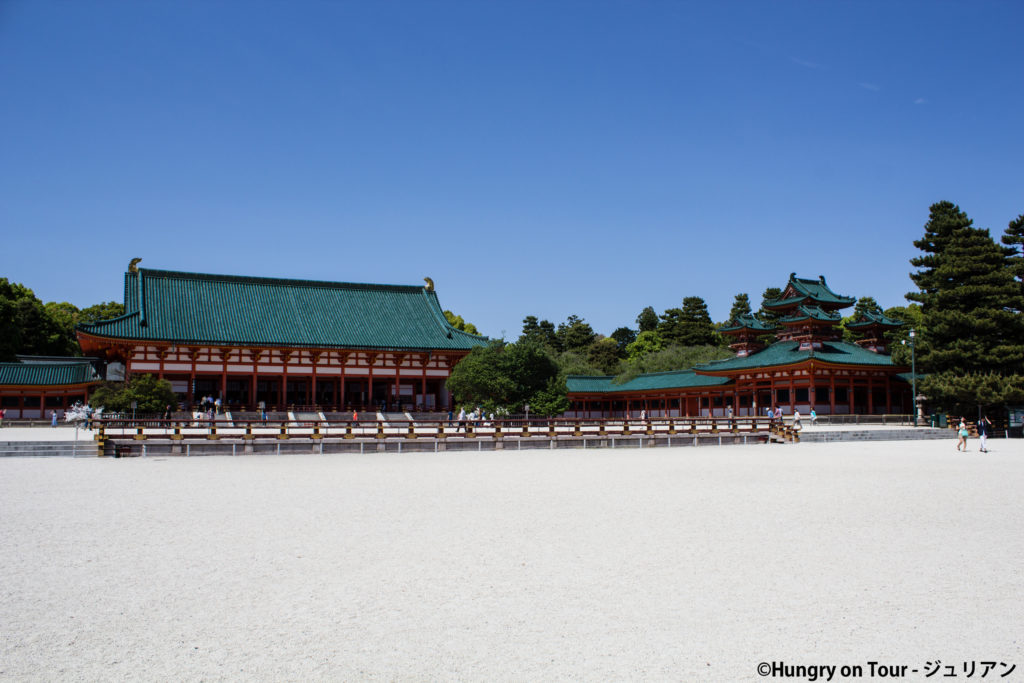
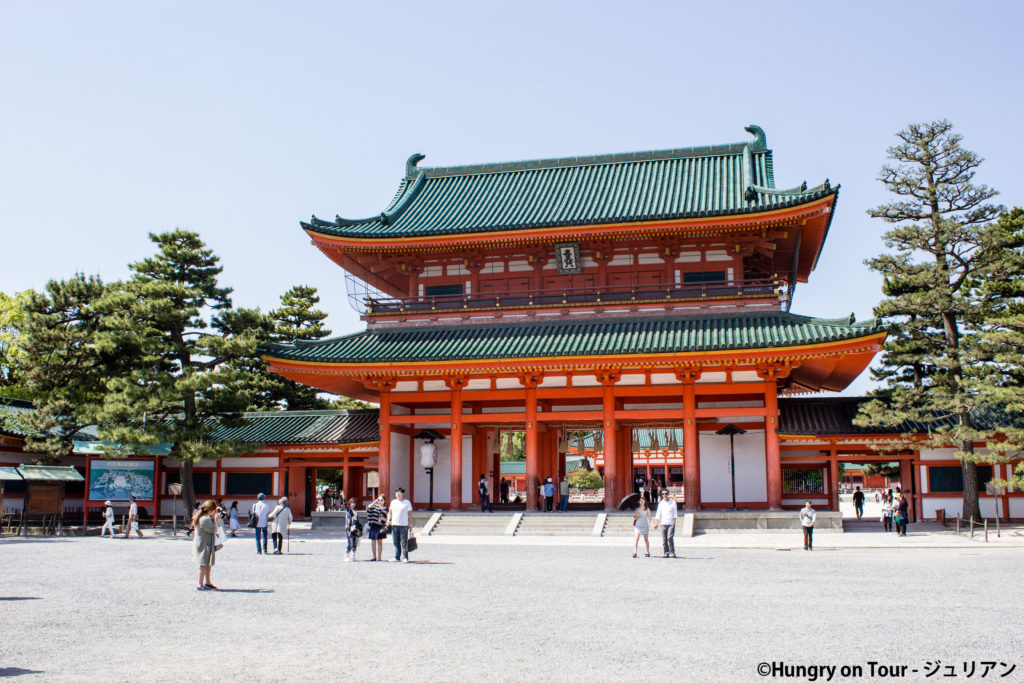 The massive, sandy and steaming hot square on the premise did not hint at all how peaceful, calm and refreshingly shady the gardens behind it are. I certainly was welcoming the cool nature and a refreshing green tea. The water supply of the gardens is actually connected to the Lake Biwa Canal. The Japanese with all their little canals and rice field water supply systems must have been one of the first civilisations with such an advanced water system.
The massive, sandy and steaming hot square on the premise did not hint at all how peaceful, calm and refreshingly shady the gardens behind it are. I certainly was welcoming the cool nature and a refreshing green tea. The water supply of the gardens is actually connected to the Lake Biwa Canal. The Japanese with all their little canals and rice field water supply systems must have been one of the first civilisations with such an advanced water system.
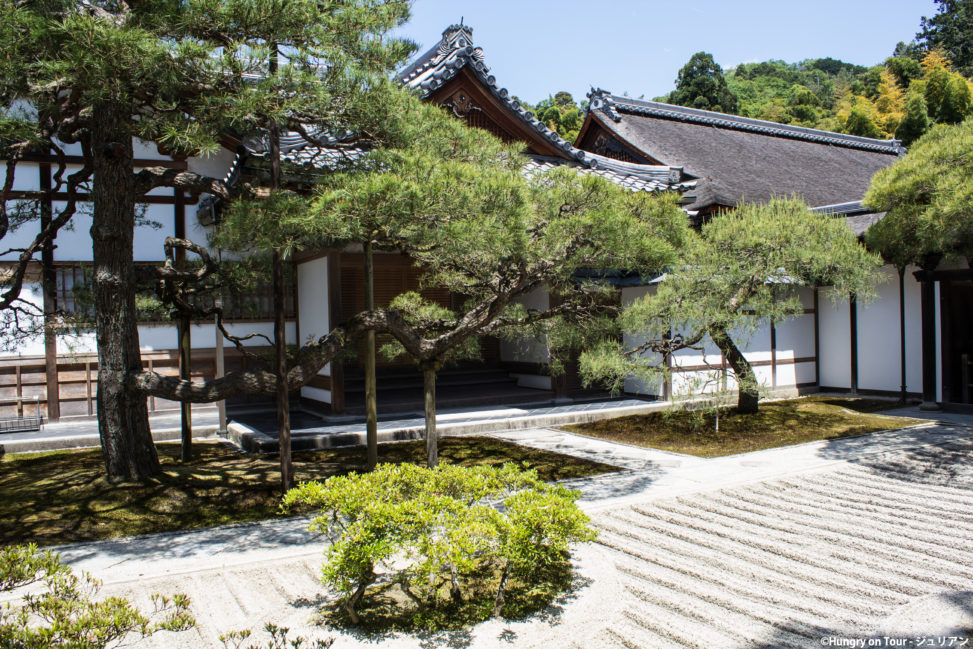
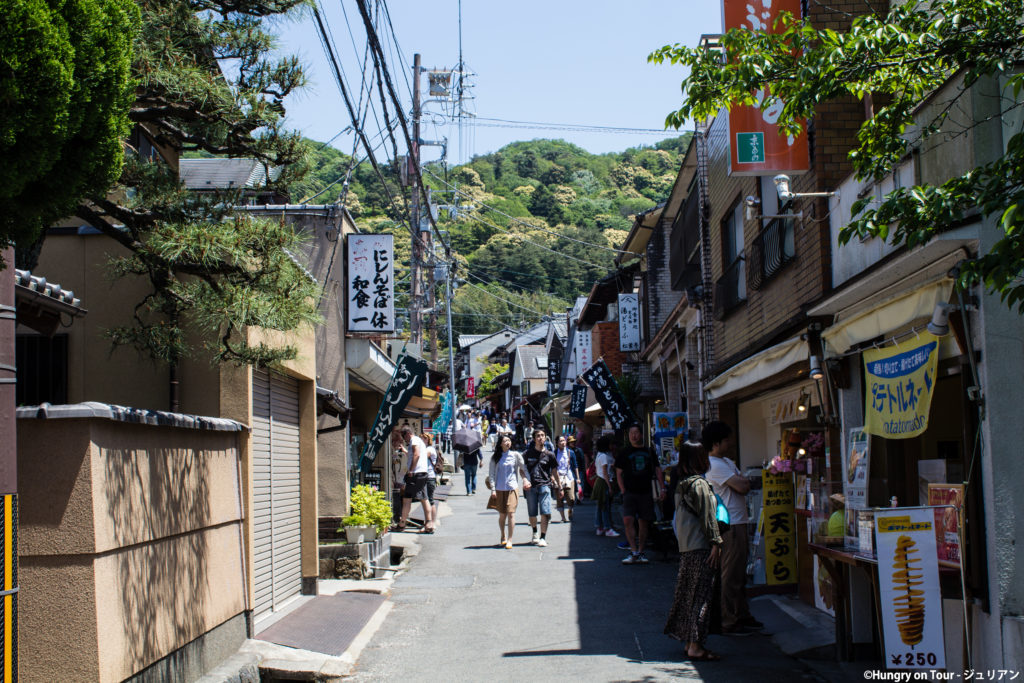
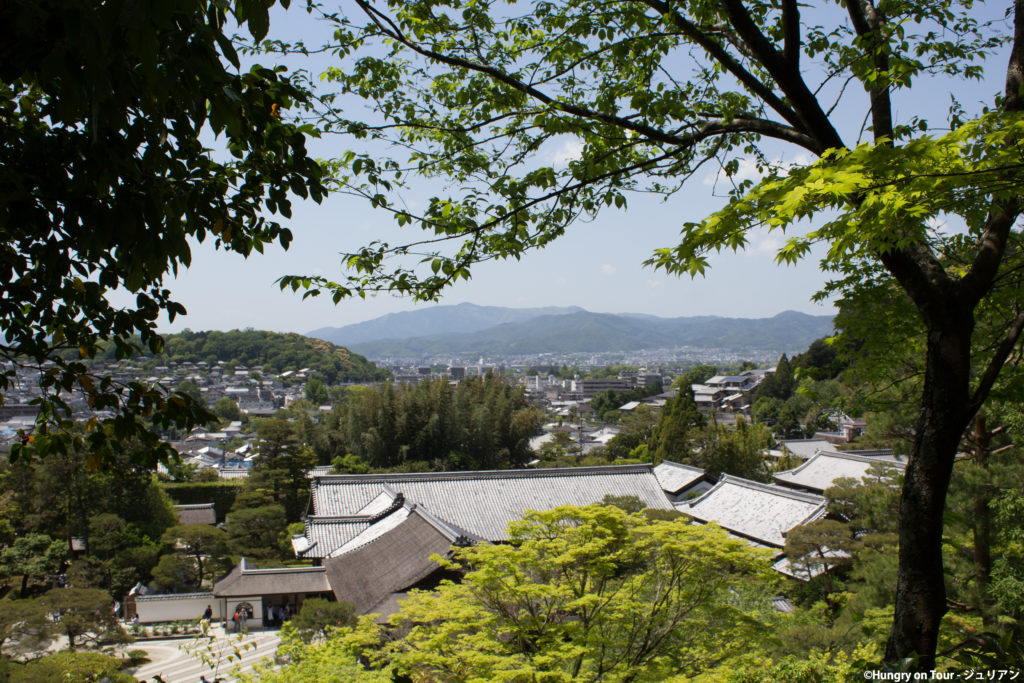

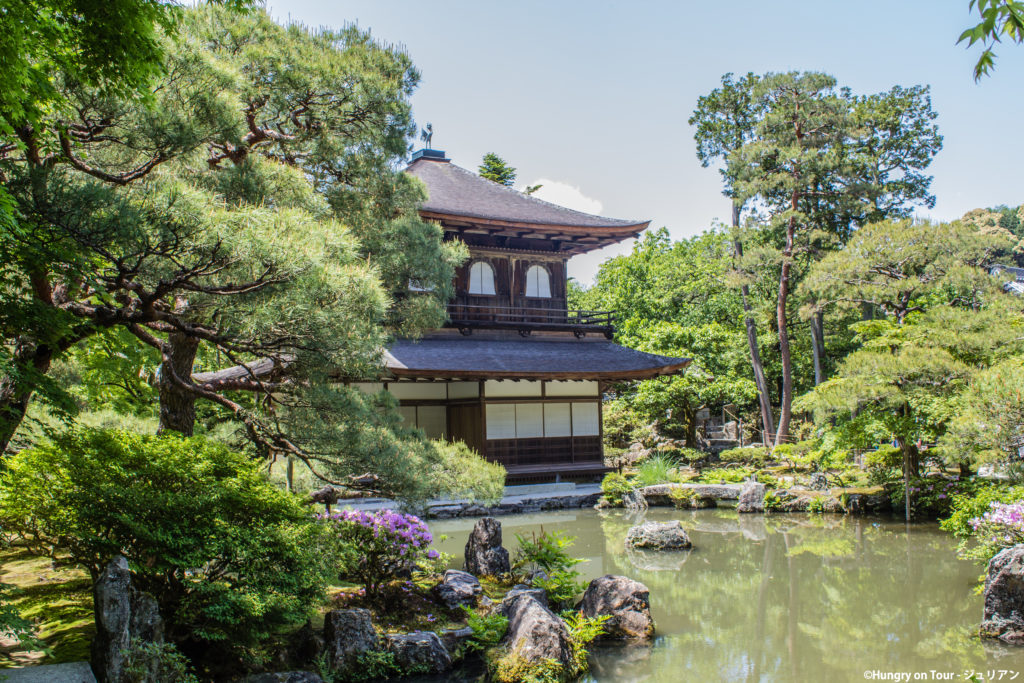
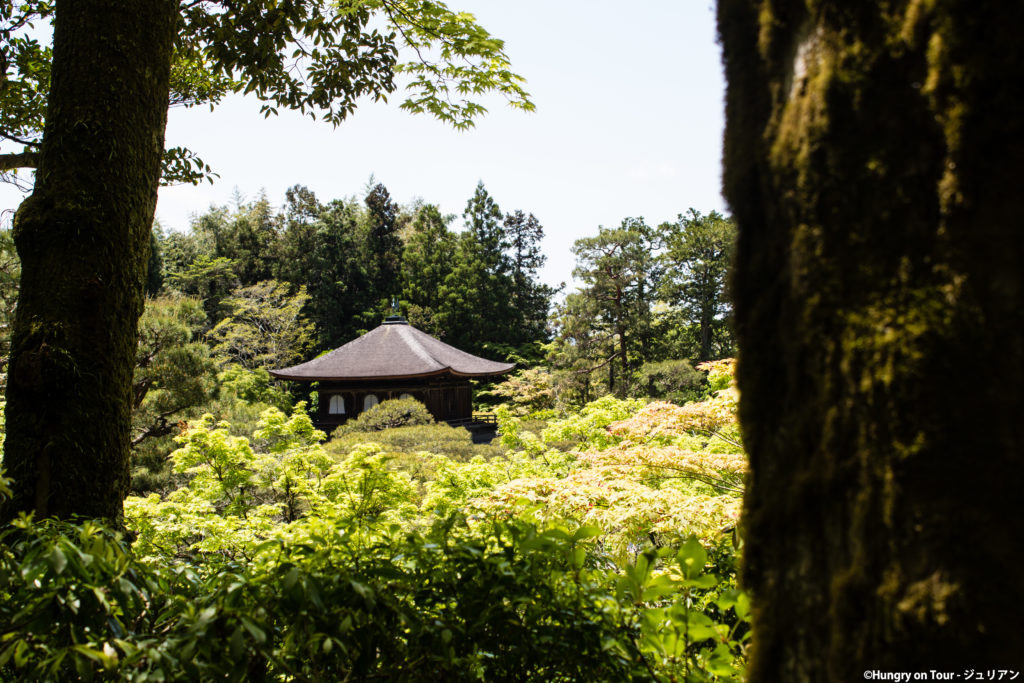

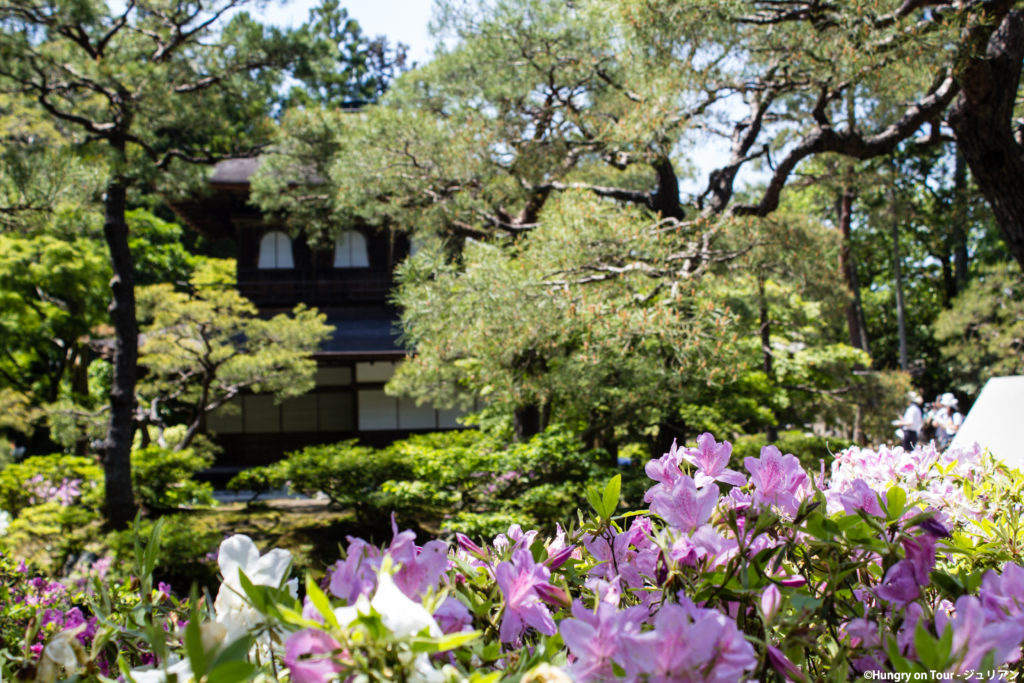
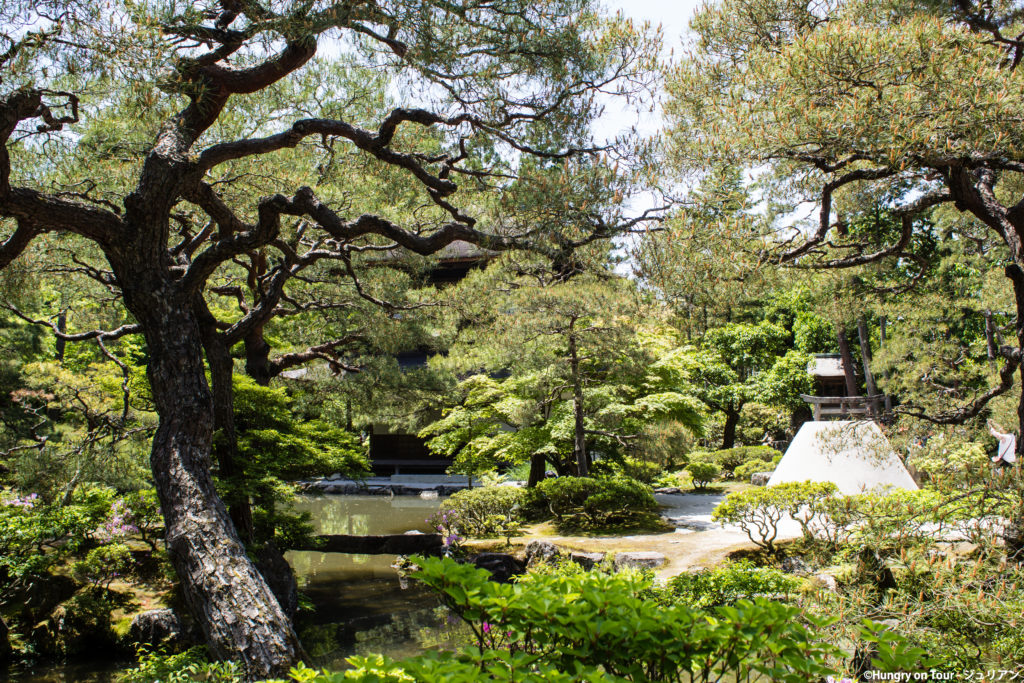
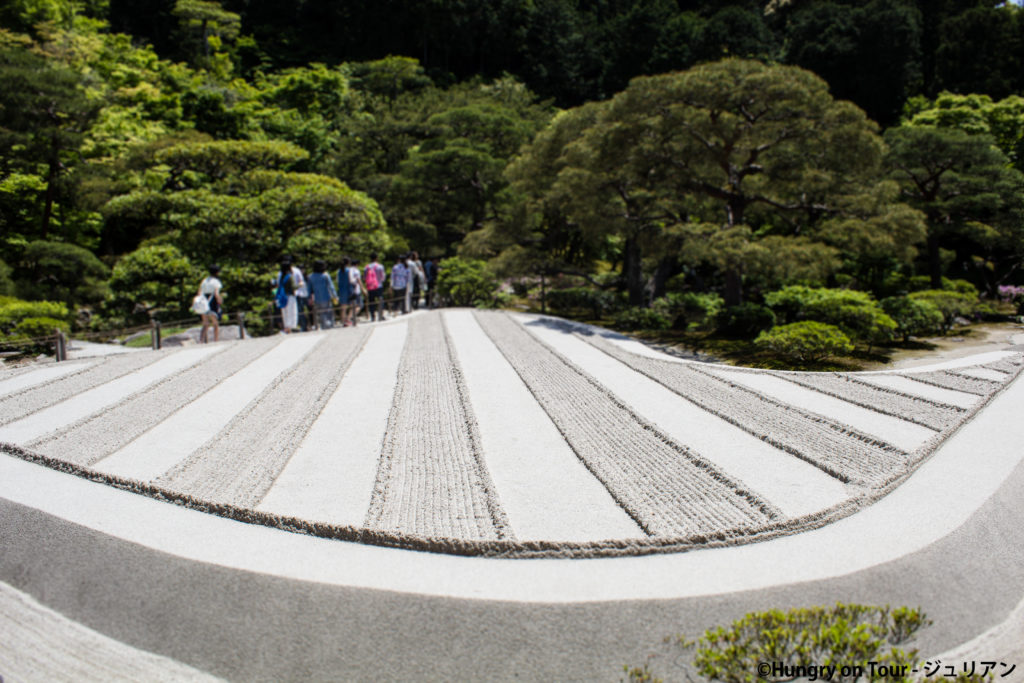

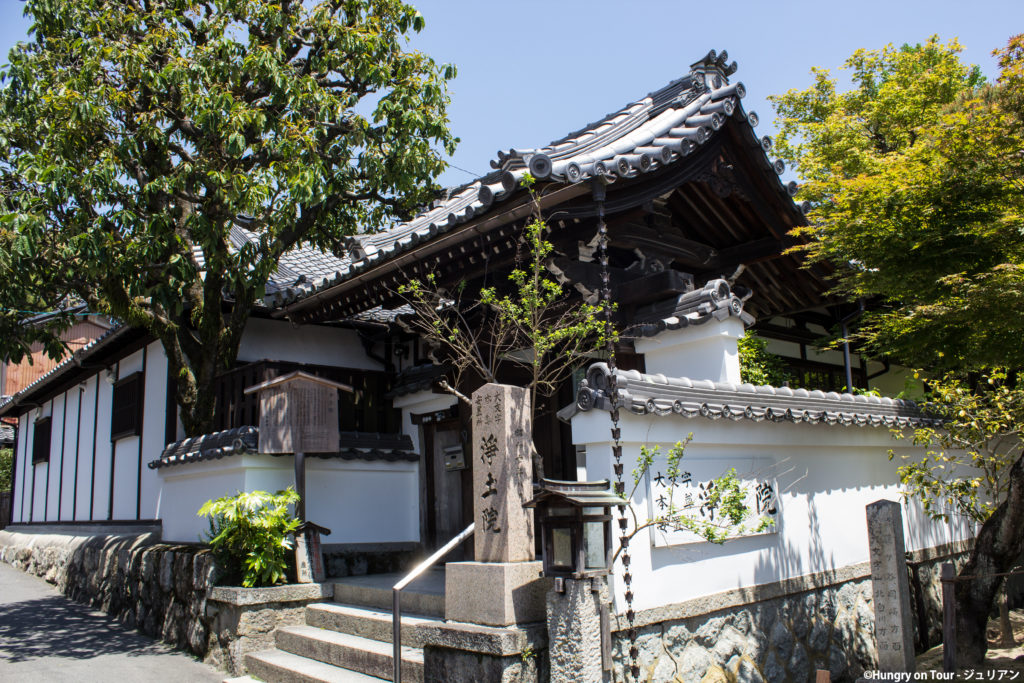
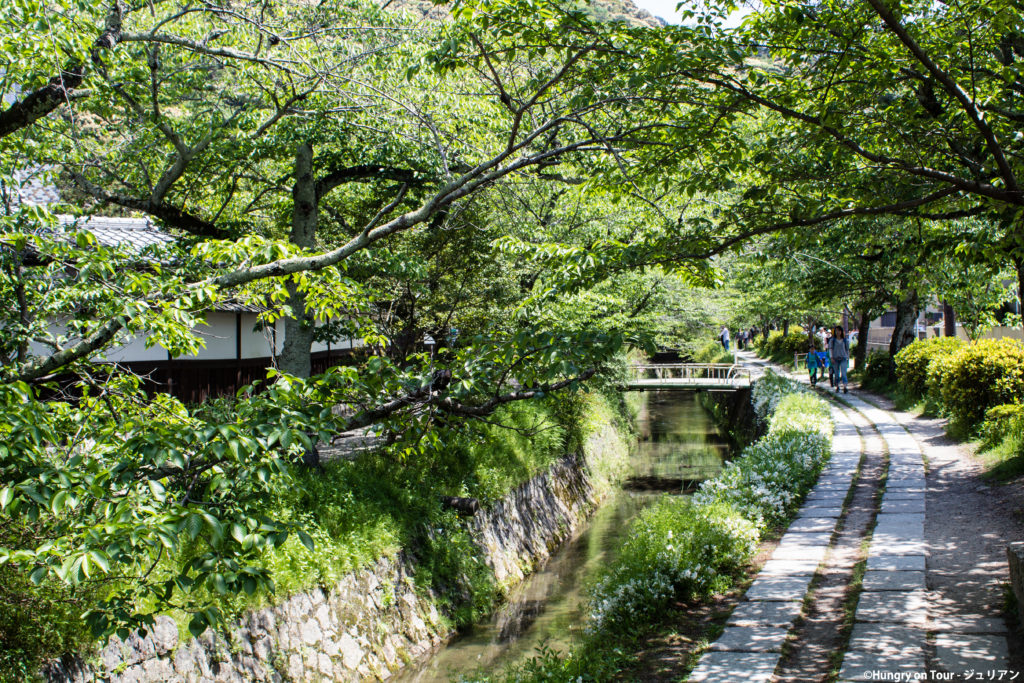

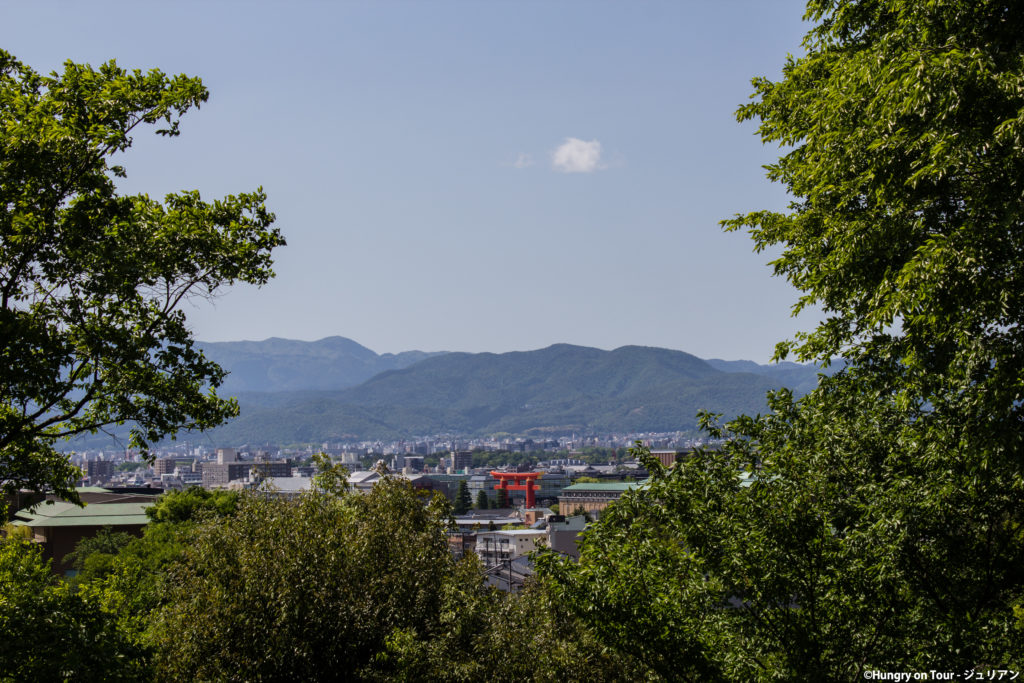
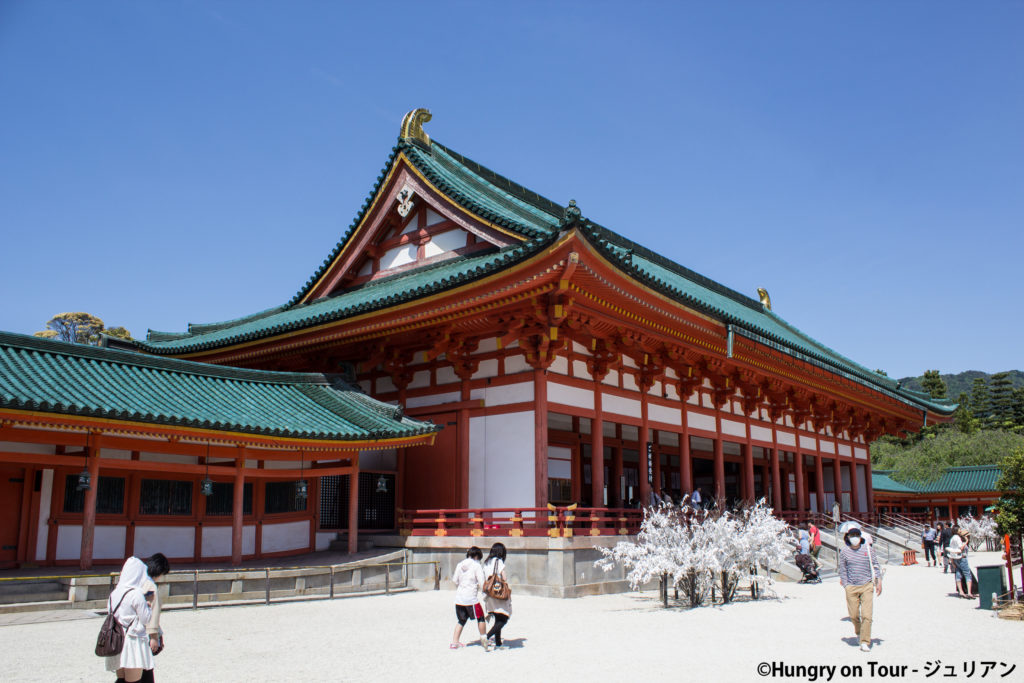
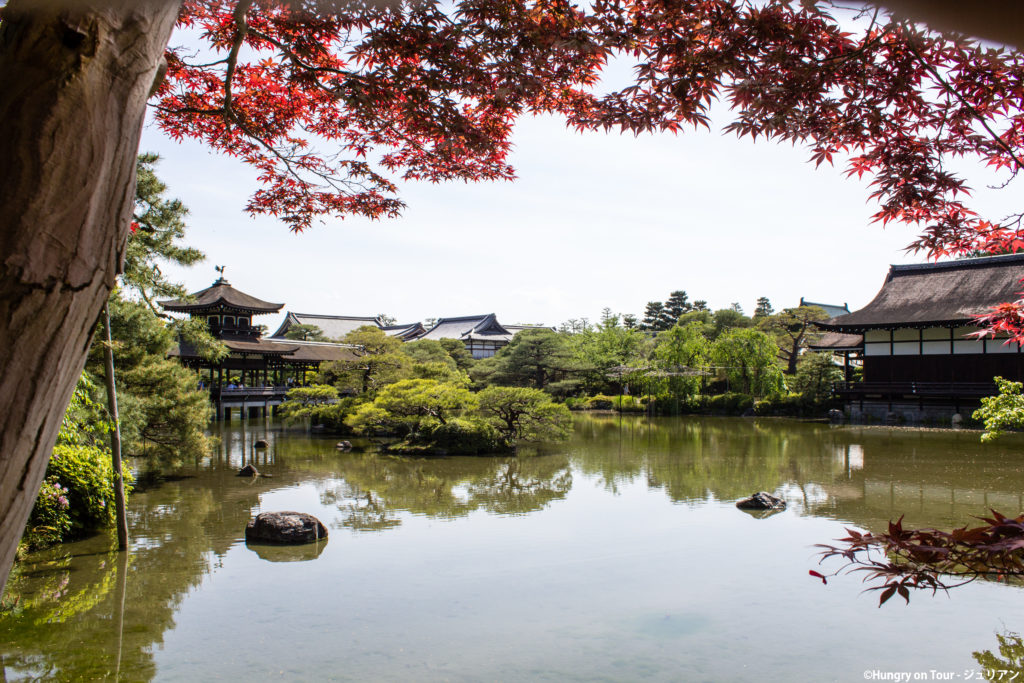

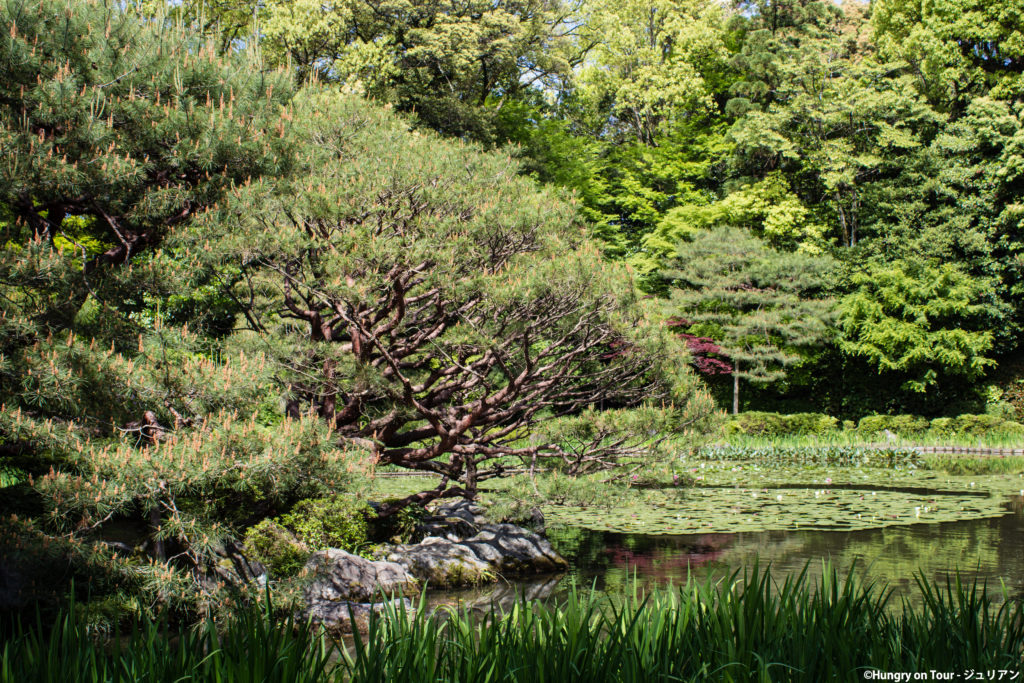
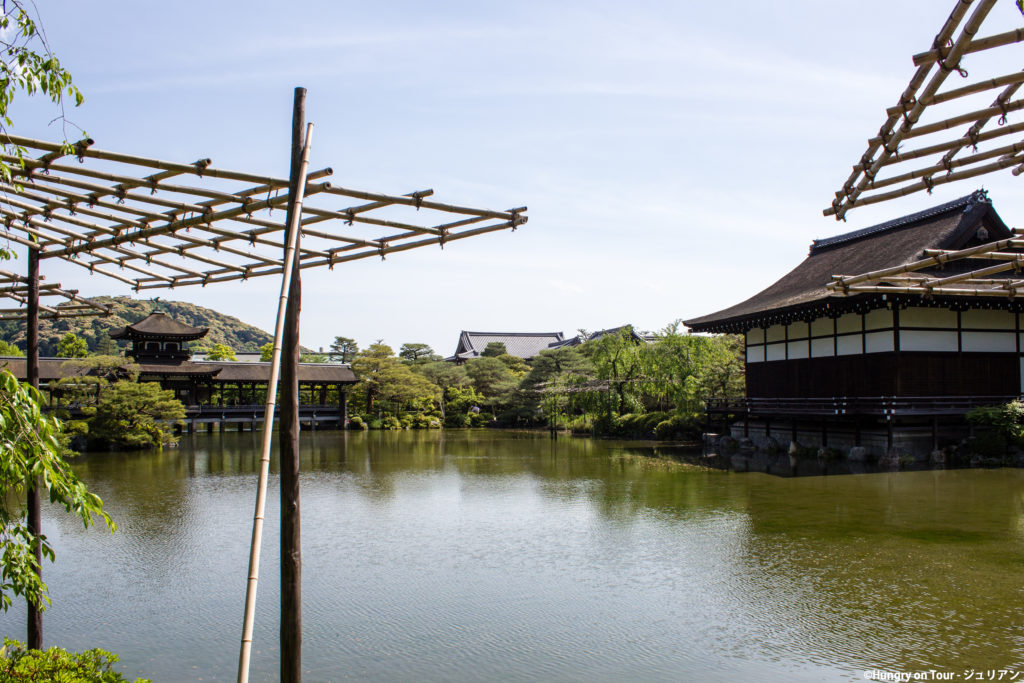
Leave a Reply